While electric vehicles (EVs) have become increasingly popular, not all models enjoy the same level of success. Several EVs still struggle to find their footing in the market, often due to a mix of high prices, limited range, or simply being overshadowed by more popular competitors. Below are ten EVs that are not flying off the shelves.
Tesla Model X
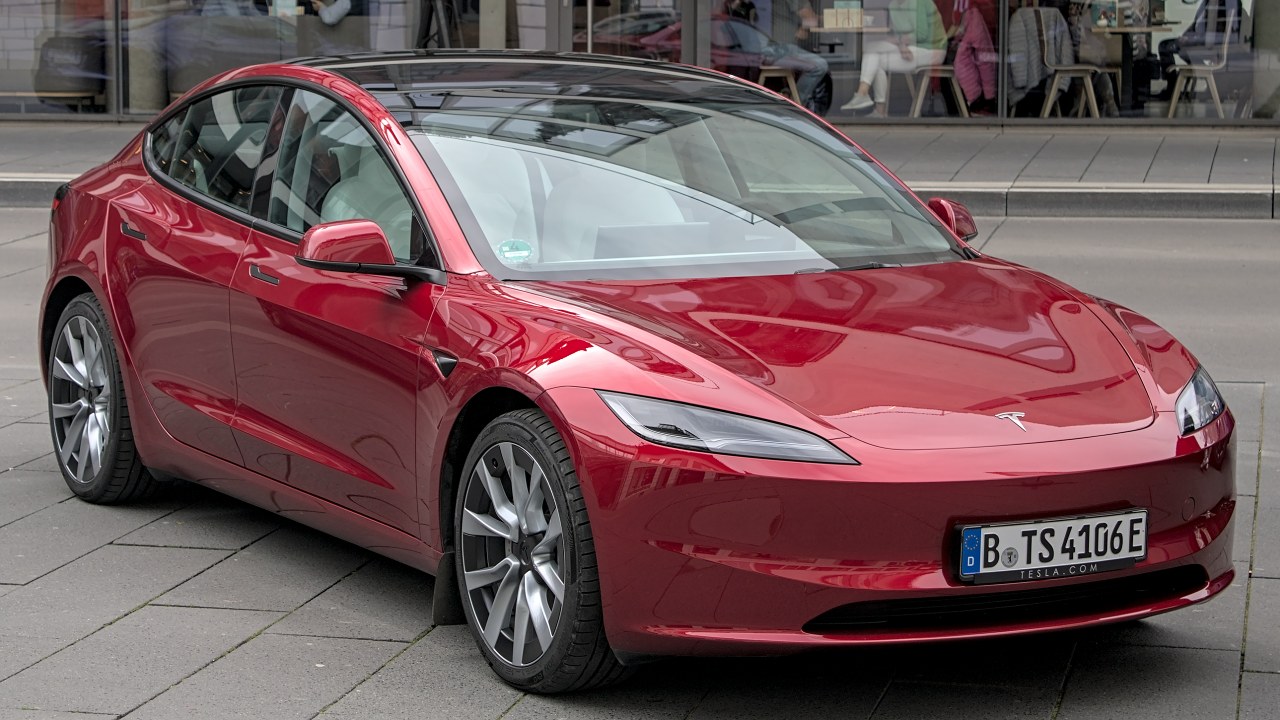
The Tesla Model X, despite its futuristic design and impressive performance, has seen declining sales. One reason could be its high starting price, which hovers around $90,000. Consumers looking for a family-friendly SUV might find more budget-friendly options elsewhere. The Model X’s falcon-wing doors, while innovative, have also been a point of contention, with some owners reporting mechanical issues over time.
Furthermore, with Tesla continually updating its lineup, the Model X faces stiff competition from within its own brand. Newer models like the Model Y offer similar features at a more affordable price point, making them more appealing to a broader audience.
BMW i3
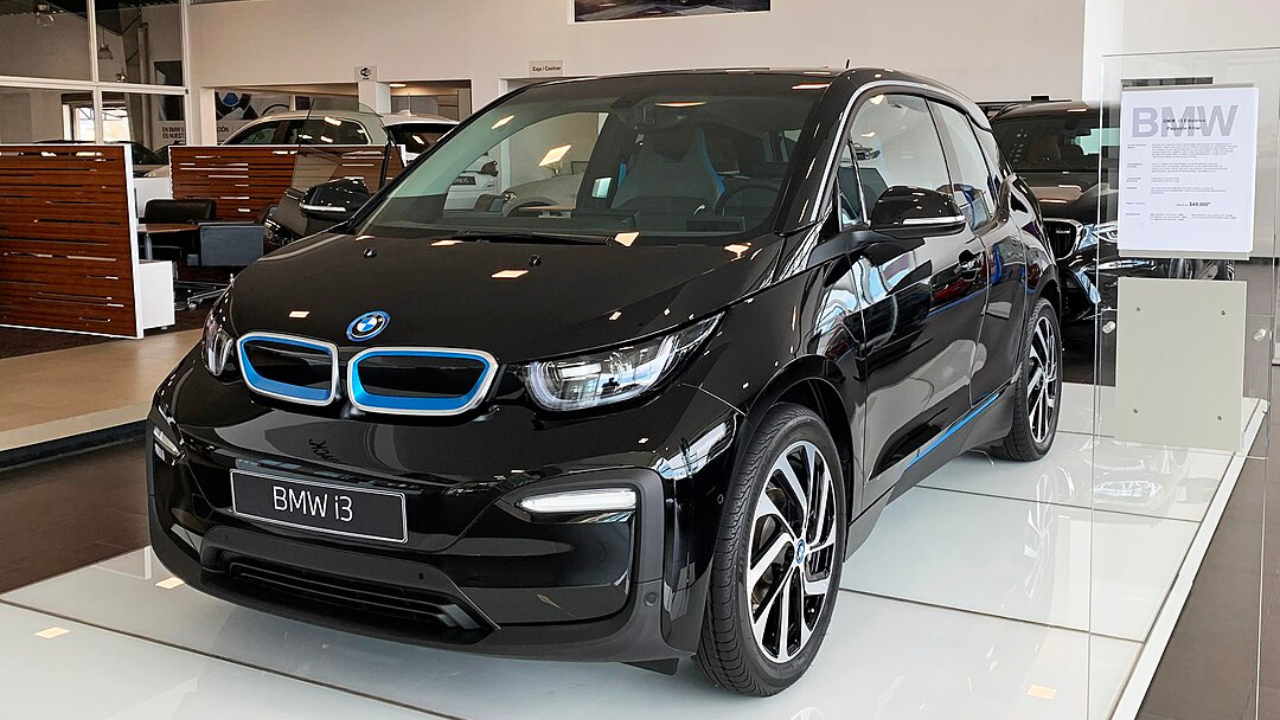
The BMW i3, once a pioneer in the urban EV market, has struggled to maintain its appeal. Its unique design, while eye-catching, isn’t to everyone’s taste. Additionally, the i3’s range, which maxes out around 153 miles, falls short of newer competitors that offer more for less.
The introduction of more versatile and competitively priced EVs has further hampered the i3’s sales. Many potential buyers gravitate towards models that offer better performance and range, leaving the i3 to cater to a niche market.
Jaguar I-PACE
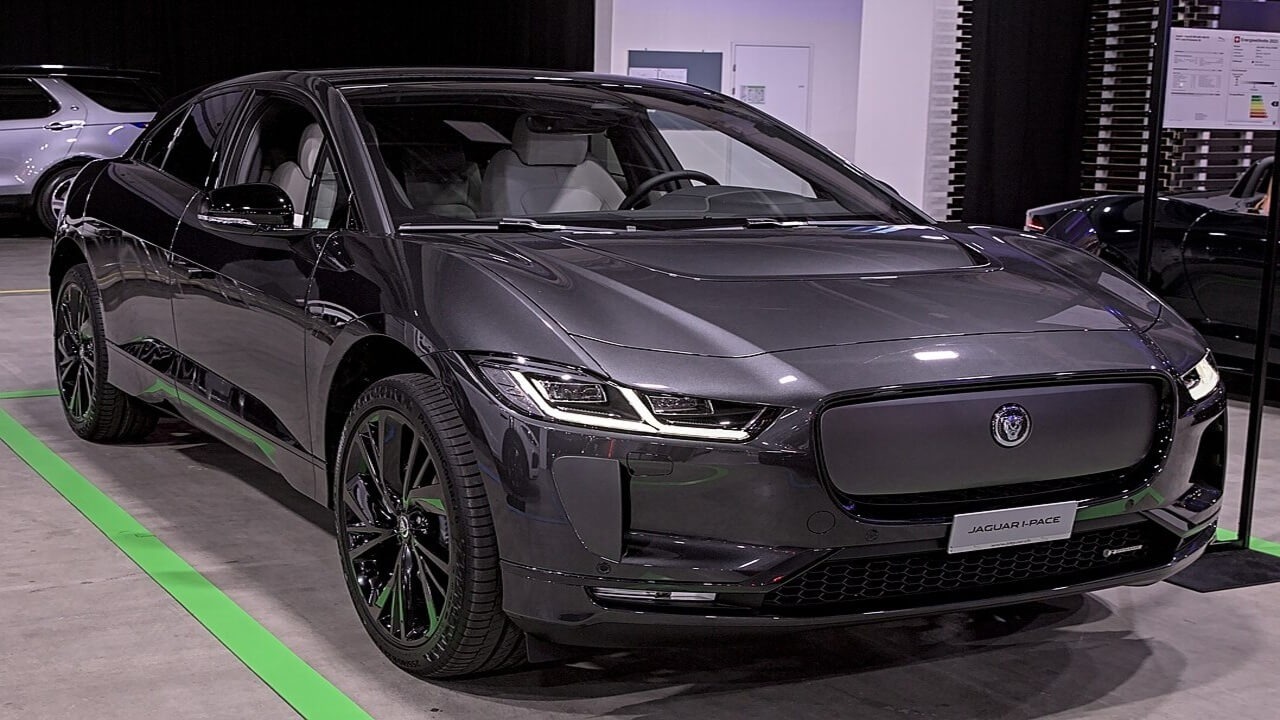
The Jaguar I-PACE was hailed as a groundbreaking electric SUV upon its release. However, its sales figures haven’t quite lived up to the initial hype. One of the main challenges is its starting price, which can reach over $70,000, positioning it among luxury brands with more established reputations.
Despite offering a respectable range and premium features, the I-PACE struggles to compete with Tesla’s dominance in the EV space. Additionally, Jaguar’s limited charging infrastructure compared to Tesla’s Supercharger network has deterred potential buyers.
Audi e-tron

The Audi e-tron, despite its luxury appeal and strong brand backing, hasn’t captured the market as expected. Its range, which is approximately 222 miles, is considered average compared to its peers. Moreover, its starting price of nearly $66,000 places it in a competitive segment with better-performing alternatives.
Customer feedback often highlights the e-tron’s weight and efficiency as drawbacks. As Audi continues to expand its electric lineup, the e-tron may find itself overshadowed by upcoming models with improved technology and range.
Nissan LEAF
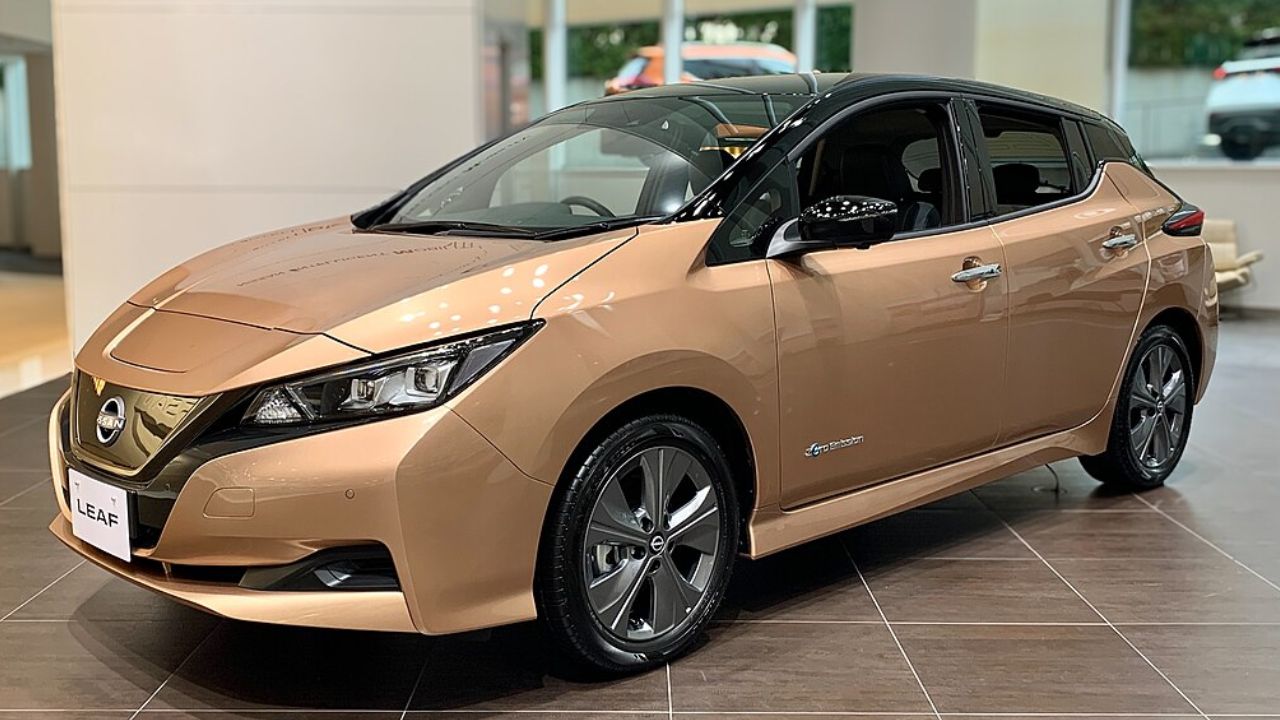
The Nissan LEAF, once a leader in the affordable EV market, has seen its popularity wane. While it offers an attractive price point starting around $28,000, its range of up to 150 miles on the base model doesn’t quite meet the expectations of today’s buyers.
With competitors offering more range and better features for a similar price, the LEAF faces challenges in retaining its market share. Nissan’s efforts to improve the LEAF have been overshadowed by newer, more advanced models that offer better value.
Chevrolet Bolt EV
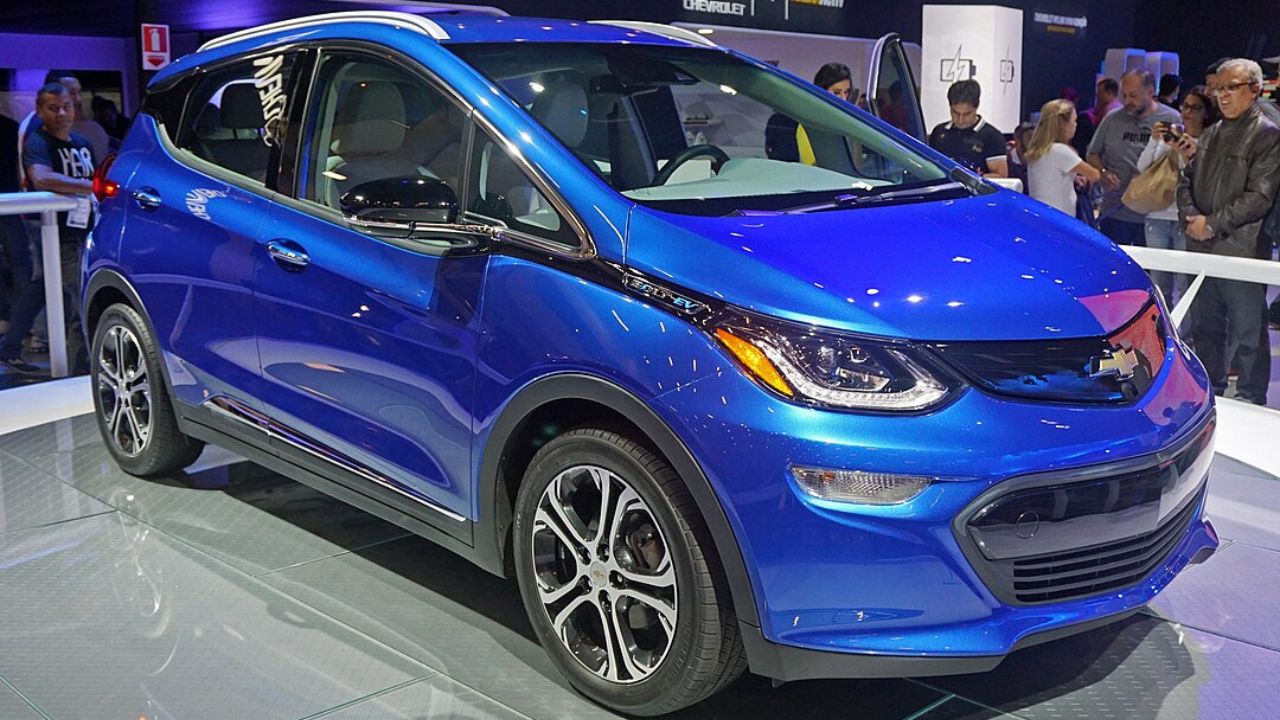
The Chevrolet Bolt EV initially impressed with its affordability and range of 259 miles. However, recent battery recall issues have heavily impacted its sales and reputation. Safety concerns have deterred potential buyers, leading them to consider other options.
Chevrolet’s response to these issues and attempts to regain consumer trust will be crucial in determining the Bolt EV’s future success. Until then, the model remains a less attractive option in the competitive EV market.
Hyundai Kona Electric
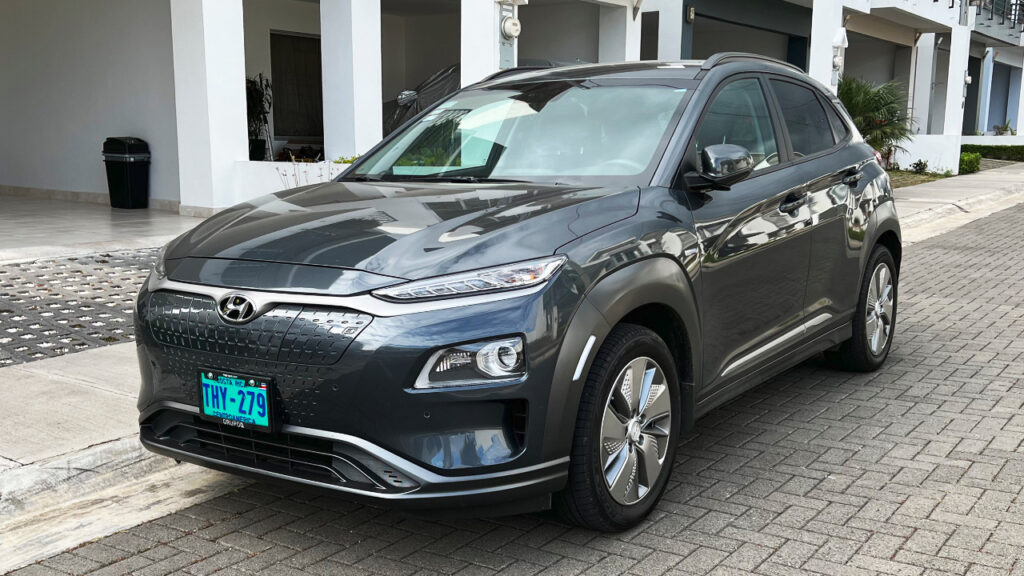
The Hyundai Kona Electric offers a solid range of 258 miles and a competitive price. However, its compact size might not appeal to families or individuals seeking more space. Additionally, Hyundai’s limited charging network can be a drawback for those planning longer trips.
Despite its strengths, the Kona Electric faces stiff competition from other brands offering more spacious and versatile electric SUVs. As Hyundai continues to innovate, the Kona Electric might need a redesign to capture more attention.
Mercedes-Benz EQC
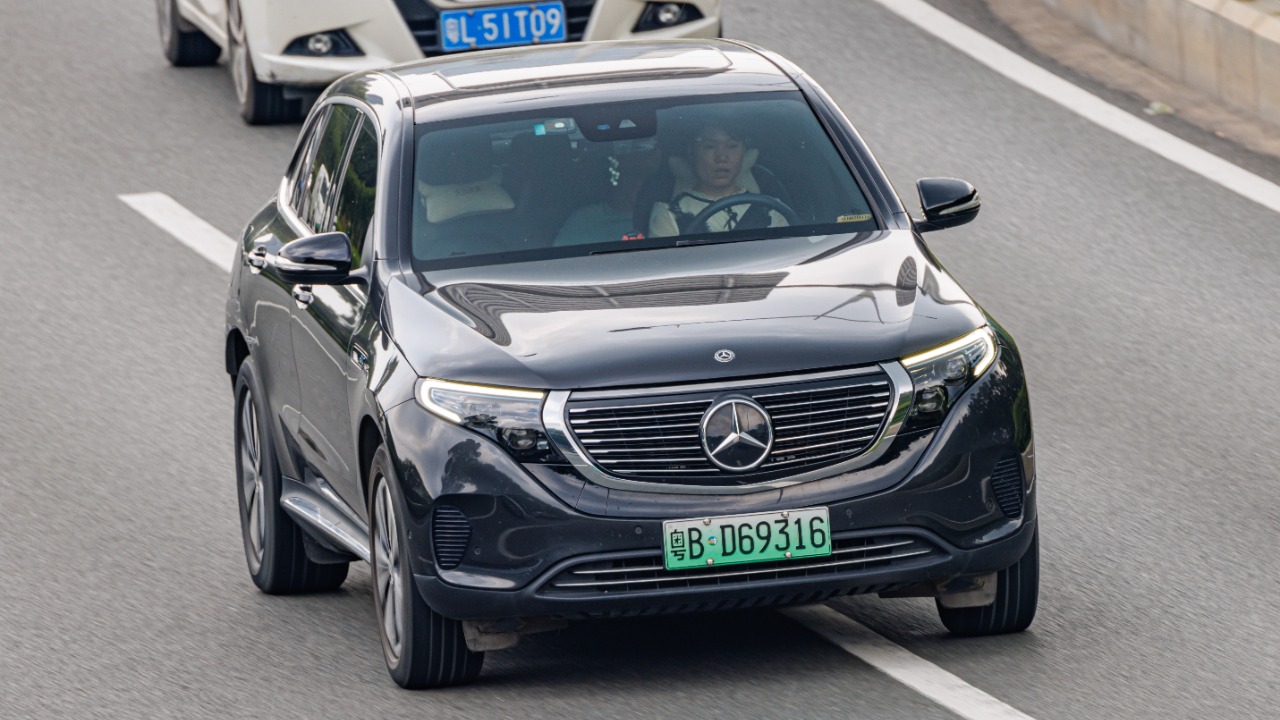
The Mercedes-Benz EQC, the brand’s first fully electric SUV, hasn’t seen the traction one might expect from a luxury automaker. Its range of 220 miles is subpar compared to similarly priced offerings, which often offer better performance and efficiency.
Additionally, the EQC’s price point positions it against more established electric models with superior technology. Mercedes-Benz’s attempts to expand its electric lineup could overshadow the EQC, leaving it in a challenging spot within a crowded market.
Ford Mustang Mach-E
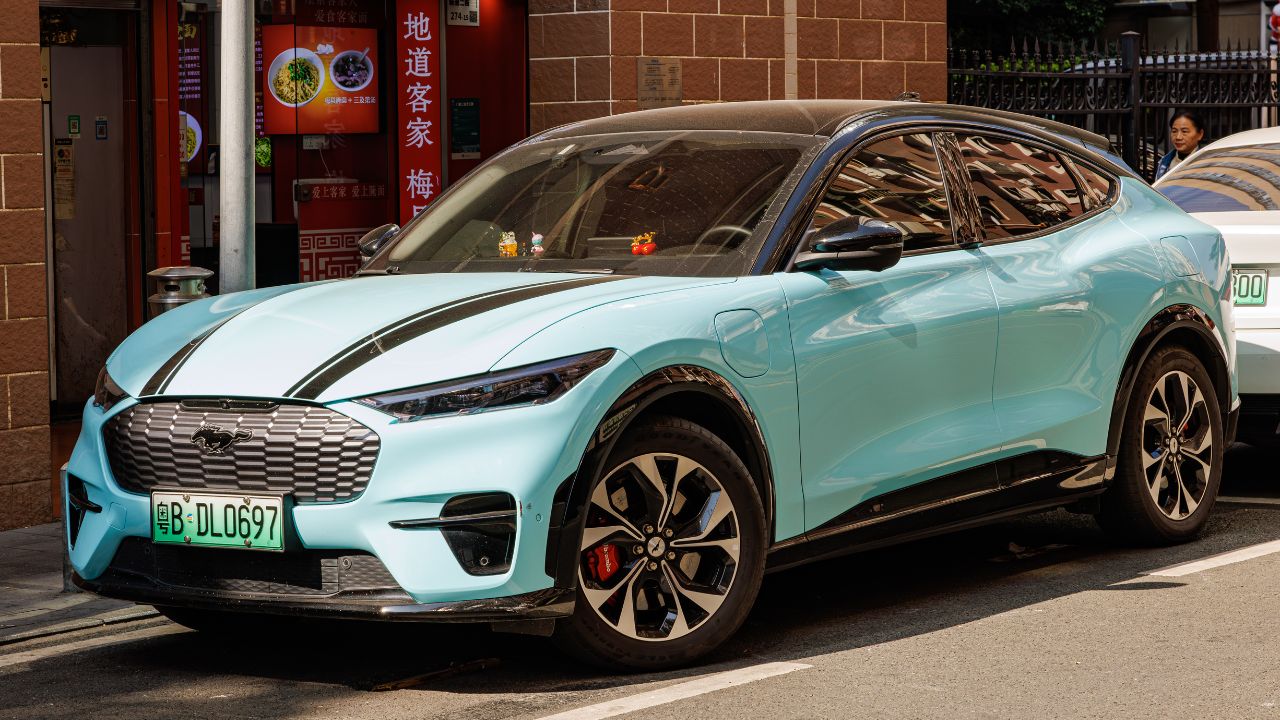
The Ford Mustang Mach-E has garnered attention for its blend of performance and style, yet it hasn’t achieved the sales figures Ford anticipated. Some traditional Mustang enthusiasts have been hesitant to embrace an electric version of the iconic model.
Competing with established electric leaders, the Mach-E faces challenges in proving its worth. As Ford continues to enhance its electric offerings, the Mach-E might see more success as part of a broader strategy rather than a standalone model.
Porsche Taycan
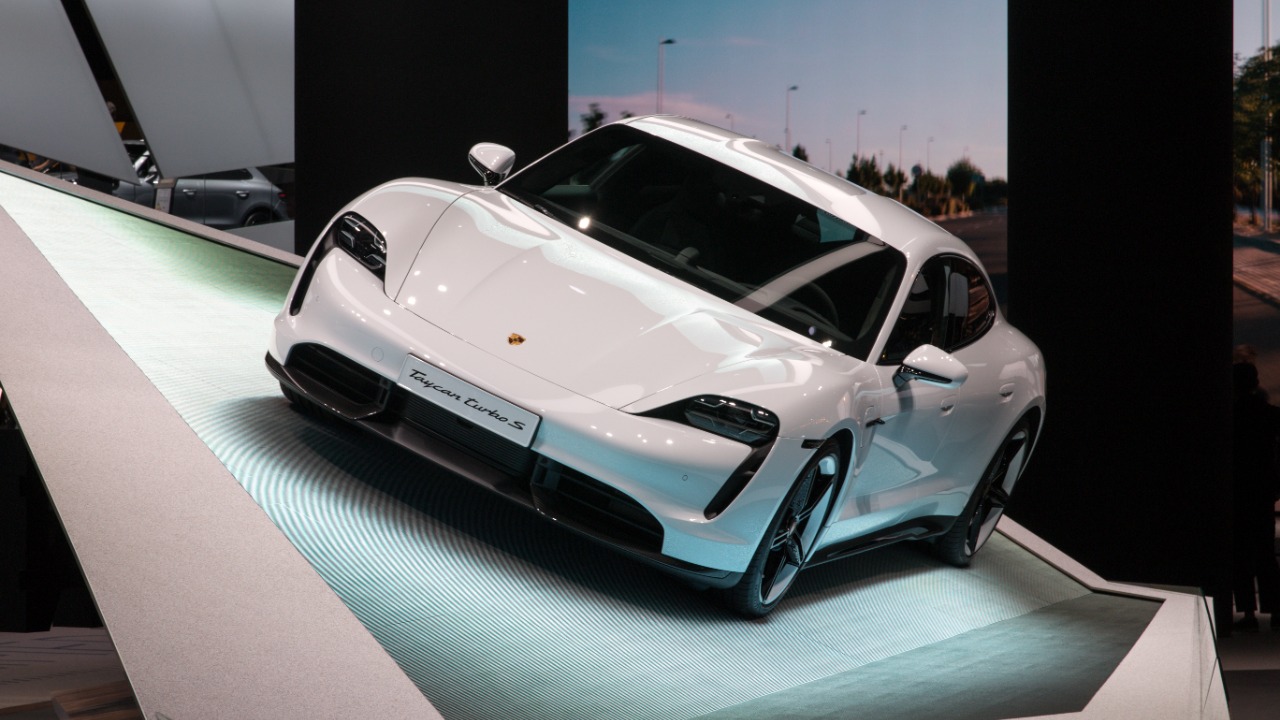
The Porsche Taycan, with its luxury sports car allure, hasn’t reached the sales heights expected of the brand. Its high starting price, which can exceed $150,000, limits its audience to a niche market of affluent buyers.
While the Taycan offers impressive performance and advanced technology, its range is often criticized when compared to more affordable electric sports cars. Porsche’s challenge is to demonstrate the Taycan’s unique value proposition in a market where consumers demand both performance and practicality.
Like Fast Lane Only’s content? Be sure to follow us.
Here’s more from us:
*Created with AI assistance and editor review.

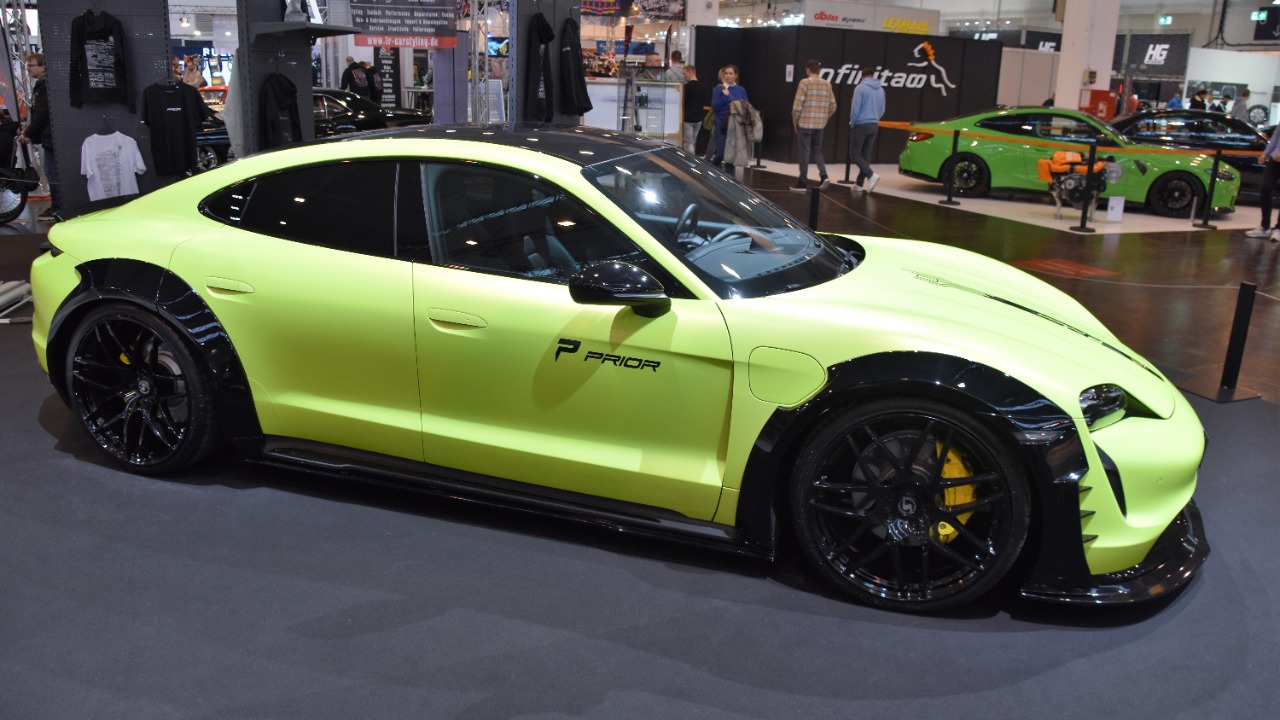
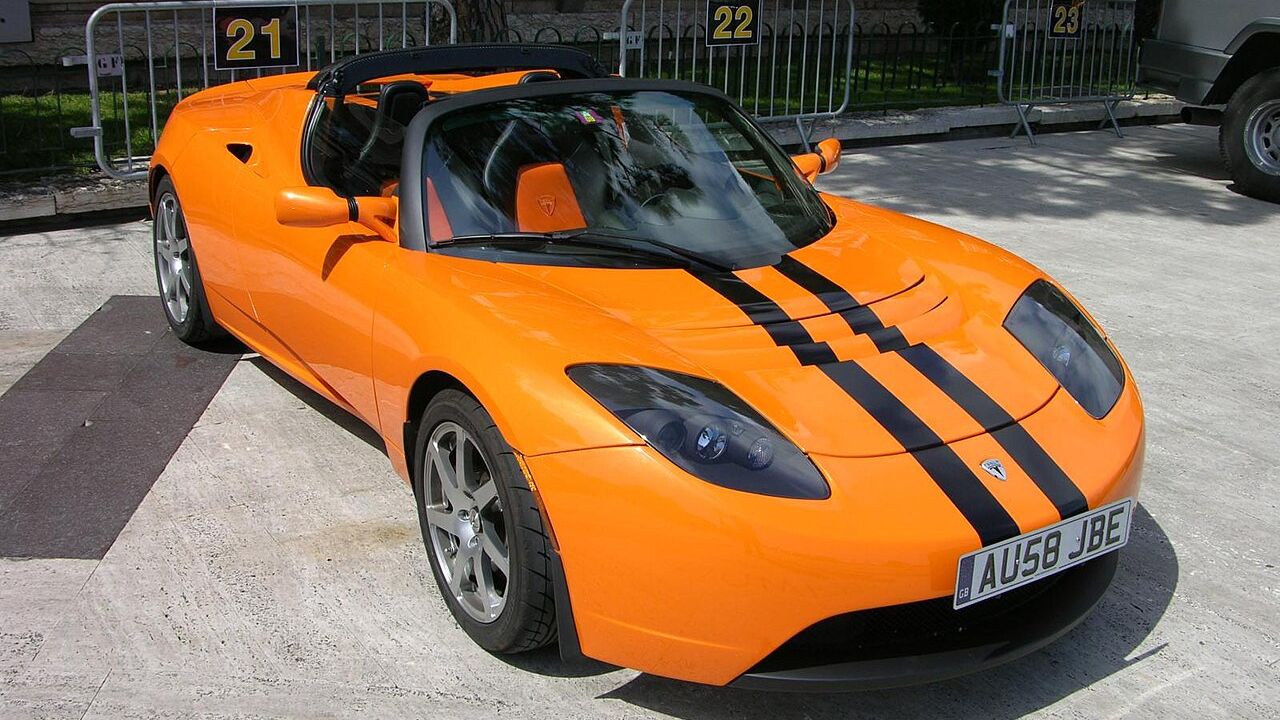
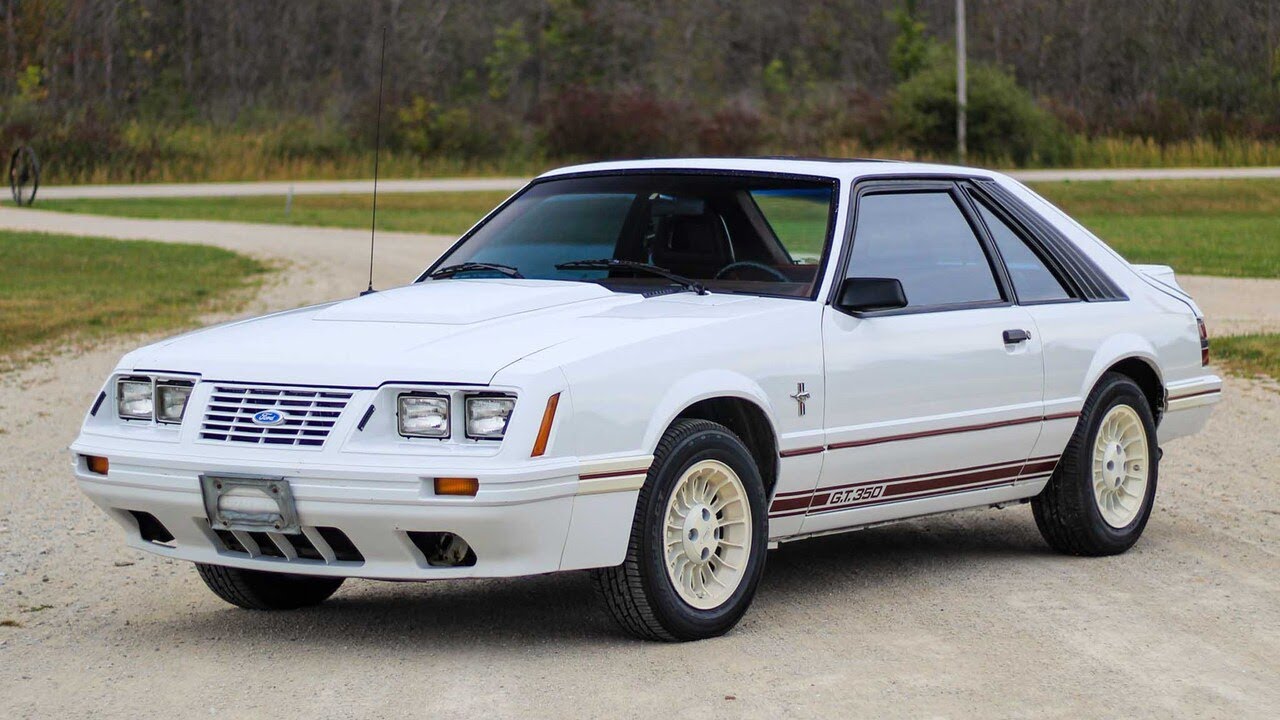

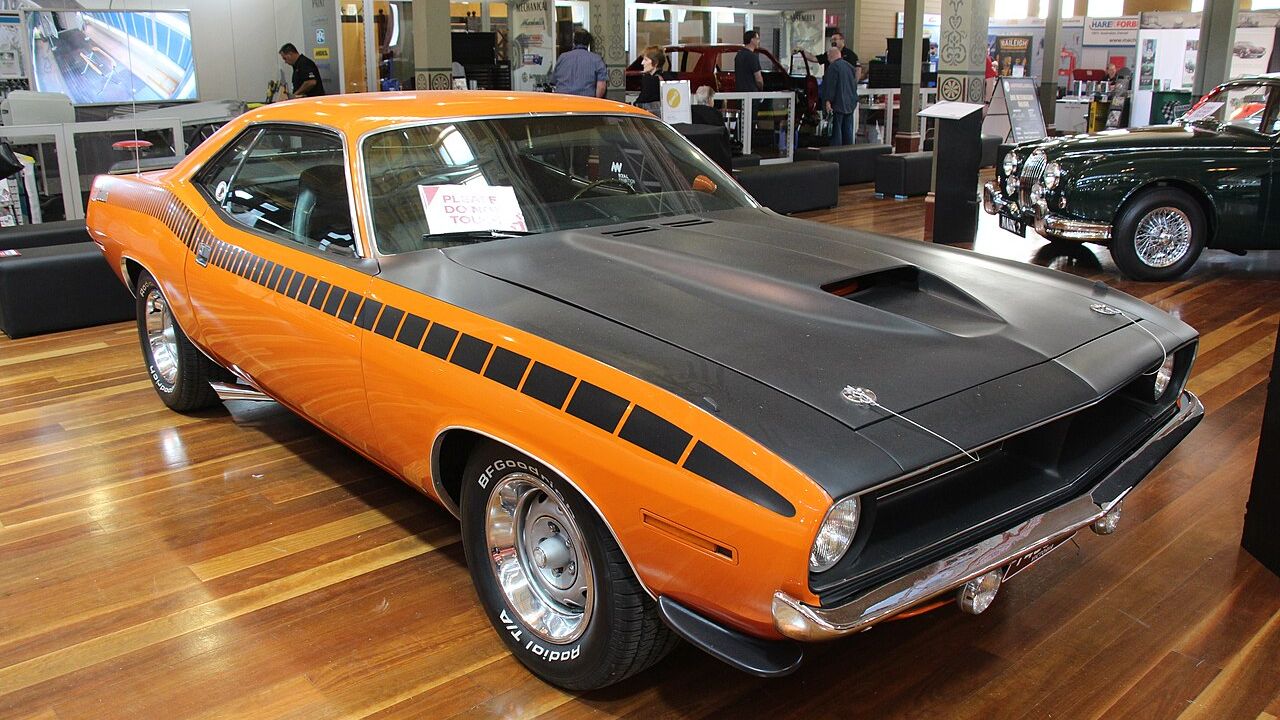

Leave a Reply